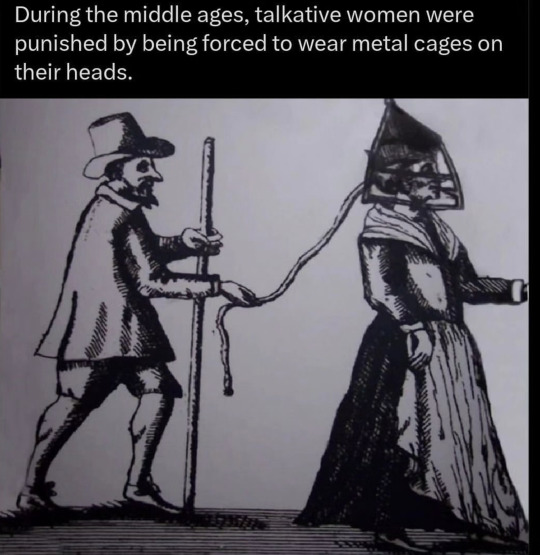#Witch in history
Text

Sorrow
Source: †
#painting#art#artblr#oil on canvas#oil painting#dark academia#dark art#classic academia#artist#goth#gothic#gothcore#classical art#witch#witchblr#vampire#vampirecore#witchcore#art community#dark feminine aesthetic#dark feminine energy#femme#art history#artists
24K notes
·
View notes
Text
a concerning amount of witchblr will be like "um actually new years was stolen by europeans from the ancient god scroobus mcdoobus" and then you actually try to research scroobus mcdoobus and it turns out he was invented in the 1940s by a conspiracy theorist who powdered every meal with ketamine and thinks that queer people are reincarnated fish
#brightts ramblings#BEFORE I GET ATTACKED: THIS IS NOT AN ANTI-WITCH OR ANTI-PAGAN POST#im just literally begging witchblr and paganblr(?) to study history from proper sources#so you don't accidentally end up repeating misinfo or even outright bigoted info without realizing#you are not immune to propaganda!#this post is specifically ab new agey stuff like starseeds#but a lot of other stuff fits into this as well ie 'blessed be'#for further context i am not a witch or pagan myself but i DO study the occult/occult history#religion#spirituality#history
28K notes
·
View notes
Text

Today is not only Malleus's Birthday, but also Lilia's 'rebirth!'
Happy Birthday Malleus!
#malleus draconia#twisted wonderland#twst#lilia vanrouge#meleanor draconia#I started this last week before the card reveal drawing it on and off while working#i wanted to focus on the history of trust and loyalty between a maleficent and their diablo counterpart#i gasped when i saw diablo on malleus's card ;v;#and then sobbed when i read his voiceline talking about how the witch of thorns is said to be loyal to her subordinates
10K notes
·
View notes
Text
On the road leading into the center of Concord, Massachusetts, there sits a house.
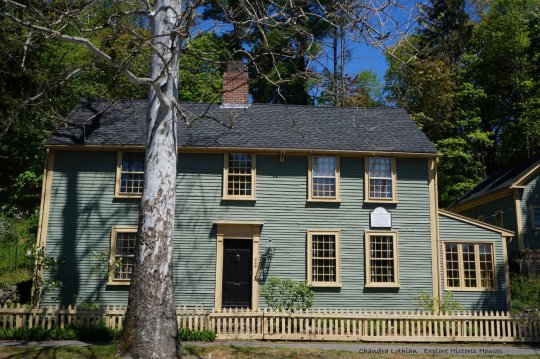
It is a plain, colonial-style house, of which there are many along this road. It has sea green and buff paint, a historical plaque, and one of the most multi-layered stories I have ever encountered to showcase that history is continuous, complicated, and most importantly, fragmentary, unless you know where to look.
So, where to start? The plaque.
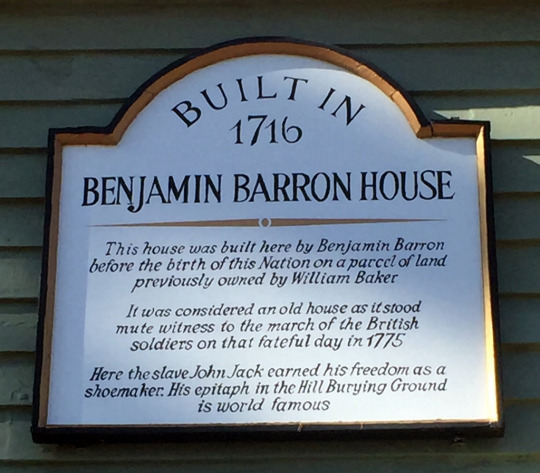
There's some usual information here: Benjamin Barron built the house in 1716, and years later it was a "witness house" to the start of the American Revolution. And then, something unusual: a note about an enslaved man named John Jack whose epitaph is "world famous."
Where is this epitaph? Right around the corner in the town center.
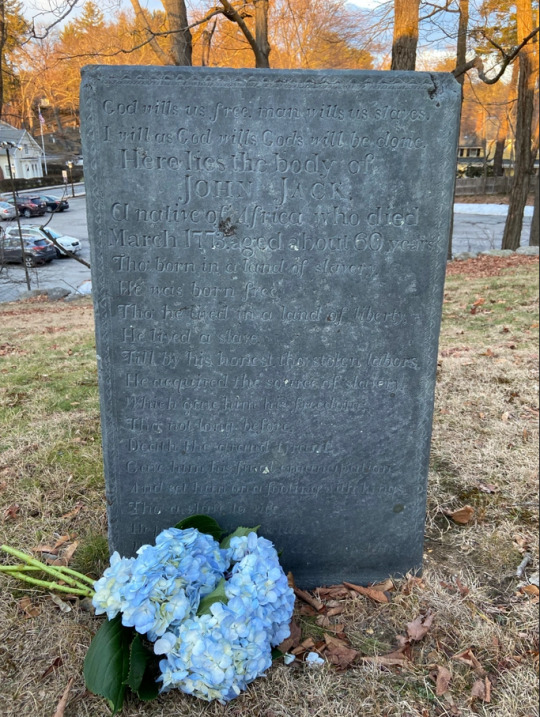
It reads:
God wills us free; man wills us slaves.
I will as God wills; God’s will be done.
Here lies the body of
JOHN JACK
a native of Africa who died
March 1773 aged about 60 years
Tho’ born in a land of slavery,
He was born free.
Tho’ he lived in a land of liberty,
He lived a slave.
Till by his honest, tho’ stolen labors,
He acquired the source of slavery,
Which gave him his freedom;
Tho’ not long before
Death, the grand tyrant
Gave him his final emancipation,
And set him on a footing with kings.
Tho’ a slave to vice,
He practised those virtues
Without which kings are but slaves.
We don't know precisely when the man first known only as Jack was purchased by Benjamin Barron. We do know that he, along with an enslaved woman named Violet, were listed in Barron's estate upon his death in 1754. Assuming his gravestone is accurate, at that time Jack would have been about 40 and had apparently learned the shoemaking trade from his enslaver. With his "honest, though stolen labors" he was then able to earn enough money to eventually purchase his freedom from the remaining Barron family and change his name to John, keeping Jack as a last name rather than using his enslaver's.
John Jack died, poor but free, in 1773, just two years before the Revolutionary War started. Presumably as part of setting up his own estate, he became a client of local lawyer Daniel Bliss, brother-in-law to the minister, William Emerson. Bliss and Emerson were in a massive family feud that spilled into the rest of the town, as Bliss was notoriously loyal to the crown, eventually letting British soldiers stay in his home and giving them information about Patriot activities.
Daniel Bliss also had abolitionist leanings. And after hearing John's story, he was angry.
Here was a man who had been kidnapped from his home country, dragged across the ocean, and treated as an animal for decades. Countless others were being brutalized in the same way, in the same town that claimed to love liberty and freedom. Reverend Emerson railed against the British government from the pulpit, and he himself was an enslaver.
It wouldn't do. John Jack deserved so much more. So, when he died, Bliss personally paid for a large gravestone and wrote its epitaph to blast the town's hypocrisy from the top of Burial Hill. When the British soldiers trudged through the cemetery on April 19th, 1775, they were so struck that they wrote the words down and published them in the British newspapers, and that hypocrisy passed around Europe as well. And the stone is still there today.

You know whose stone doesn't survive in the burial ground?
Benjamin Barron's.
Or any of his family that I know of. Which is absolutely astonishing, because this story is about to get even more complicated.
Benjamin Barron was a middle-class shoemaker in a suburb that wouldn't become famous until decades after his death. He lived a simple life only made possible by chattel slavery, and he will never show up in a U.S. history textbook.
But he had a wife, and a family. His widow, Betty Barron, from whom John purchased his freedom, whose name does not appear on her home's plaque or anywhere else in town, does appear either by name or in passing in every single one of those textbooks.
Terrible colonial spelling of all names in their marriage record aside, you may have heard her maiden name before:

Betty Parris was born into a slaveholding family in 1683, in a time when it was fairly common for not only Black, but also Indigenous people to be enslaved. It was also a time of war, religious extremism, and severe paranoia in a pre-scientific frontier. And so it was that at the age of nine, Betty pointed a finger at the Arawak woman enslaved in her Salem home, named Titibe, and accused her of witchcraft.
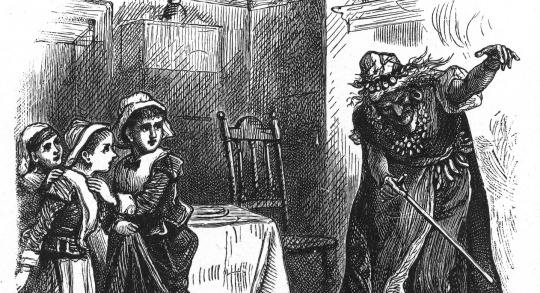
Yes, that Betty Parris.
Her accusations may have started the Salem Witch trials, but unlike her peers, she did not stay in the action for long. As a minor, she was not allowed to testify at court, and as the minister's daughter, she was too high-profile to be allowed near the courtroom circus. Betty's parents sent her to live with relatives during the proceedings, at which point her "bewitchment" was cured, though we're still unsure if she had psychosomatic problems solved by being away from stress, if she stopped because the public stopped listening, or if she stopped because she no longer had adults prompting her.
Following the witch hysteria, the Parrises moved several times as her infamous father struggled to hold down a job and deal with his family's reputation. Eventually they landed in Concord, where Betty met Benjamin and married him at the age of 26, presumably having had no more encounters with Satan in the preceding seventeen years. She lived an undocumented life and died, obscure and forgotten, in 1760, just five years before the Stamp Act crisis plunged America into a revolution, a living bridge between the old world and the new.
I often wonder how much Betty's story followed her throughout her life. People must have talked. Did they whisper in the town square, "Do you know what she did when she was a girl?" Did John Jack hear the stories of how she had previously treated the enslaved people in her life? Did that hasten his desperation to get out? And what of Daniel Bliss; did he know this history as well, seeing the double indignity of it all? Did he stop and think about how much in the world had changed in less than a century since his neighbor was born?
We'll never know.
All that's left is a gravestone, and a house with an insufficient plaque.
4K notes
·
View notes
Text

These are called Witches Stairs. Allegedly, witches can't climb up them.
You will occasionally find them in very, very old New England homes.
#witch#witchcore#witchblr#history#architecture#photography#goth#gothic#horror#movies#tv shows#information#facts#spooky#halloween#wicca#witches#funny#memes#haha#humor#meme#lol
3K notes
·
View notes
Text

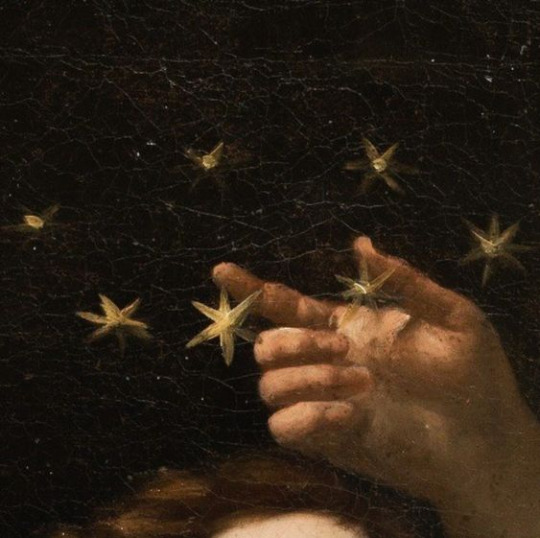
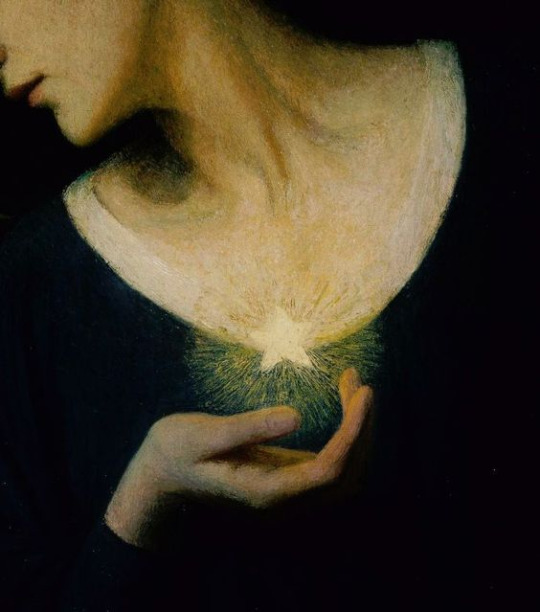
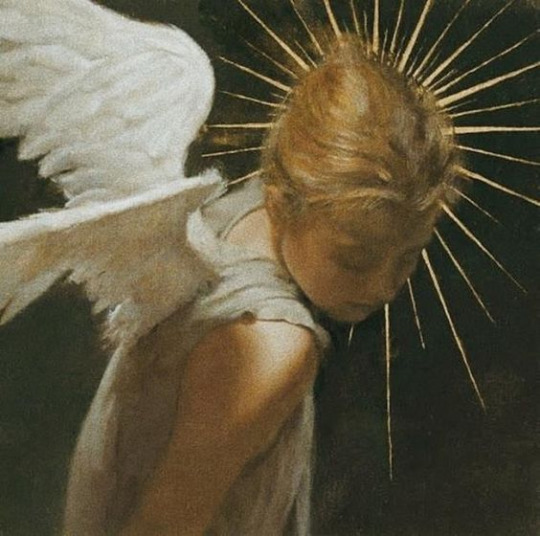
my moon and stars 💫
#Some paintings I likeyyyy ⭐️🌟✨💫#Art detail#art details#dark academia#chaotic academia#histblr#Art history#witchblr#witches of tumblr#moodboard
19K notes
·
View notes
Text
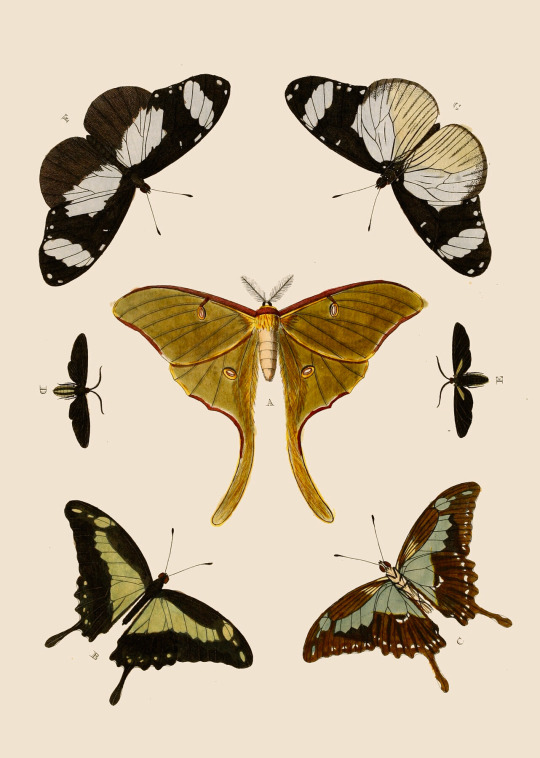







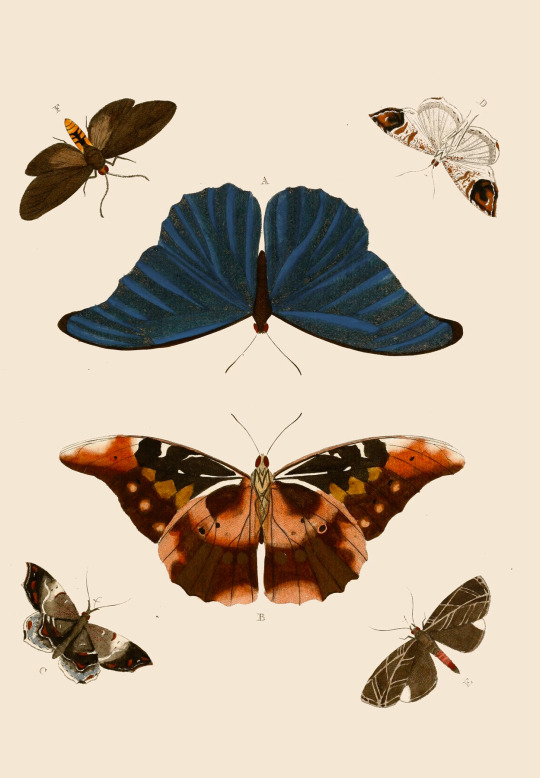

The Beauty of Moths
— by Pieter Cramer (1721–1776)
#art#art history#illustration#illustrations#moth#butterfly#moths#goth#butterflies#dark academia#gothic#cottagecore#witch#witchcore#gardencore#garden#witchyvibes#witch aesthetic#dark academia aesthetic#forestcore#forest#witchblr#artist#artists#vintage#aesthetic
11K notes
·
View notes
Text


Details: Portrait of Urania, 19th century, British School.
#aesthetic#art#details#art detail#moon#art history#painting#academia#night#stars#urania#paintings#tale#space#mythology#witch#witchcraft#witchblr
20K notes
·
View notes
Text






#dark academia#dark cottagecore#dark acadamia aesthetic#moodboard#cottagecore academia#cottage academia#academia aesthetic#light academia#reading aesthetic#cottagecore#fairycore#cottage aesthetic#fairy cottage#naturecore#cottage#cozy cottage#grandmacore#cottage witch#grandma core#dark cottage#autumn aesthetic#fall aesthetic#foggy aesthetic#forestcore#vintage aesthetic#vintage core#the secret history#country cottage#dark fairytale#farm core
2K notes
·
View notes
Text

1600’s anatomical engraving with alchemical symbolism /// by Gerhard Altzenbach
#etching#block print#skull#skeleton#macabre#old art#illustration#occult#witchy things#engraving#gothic#alchemy#esoteric#witchcraft#whimsigoth#old books#art history#hermetic#anatomy#goth art#goth#witch#spells#line art#b&w#mystical#occultism#old gods#heathen#art
2K notes
·
View notes
Text



Illustration from The Adventures of Peter Pan – Alice Bolingbroke Woodward // Wendy – Maisie Peters // cardigan – Taylor Swift // Peter – Taylor Swift
#i feel very normal about these parallels 😀👍#peter pan#wendy darling#alice woodward#wendy#wendy song#wendy maisie peters#the good witch#the good witch album#the good witch maisie peters#tgw#maisie peters#cardigan#cardigan song#cardigan taylor swift#folklore#folklore album#folklore taylor swift#peter#peter song#peter taylor swift#the tortured poets department#ttpd#taylor swift#art history#art#lyrics#lyric art
1K notes
·
View notes
Text
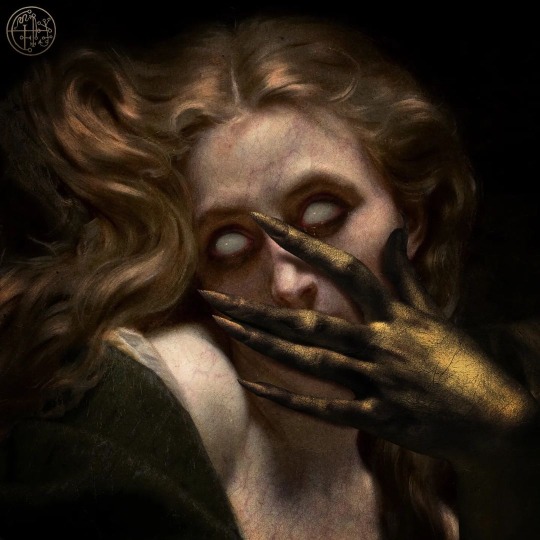

Golden Touch (2024) by Clayshaper † Mary Magdalene in the Cave (1868) by Hugues Merle
#art#artist#artblr#painting#art community#oil on canvas#oil painting#classical art#contemporary art#goth#gothic#gothcore#dark art#macabre#art history#witch#witches#horror#witchblr#witchcore#dark academia#fine art#aesthetic#art blog#art gallery#artists
10K notes
·
View notes
Text
A Magical Taxonomy
Warlock: from wær (old English, “pact/oath”) + loga (proto-Germanic, “liar”) + hard “-ck” (Scottish English); Oathbreaker (contextually; breaker of Baptismal Oaths; hence also Apostate)
Wizard: from Wis (old English, “knowledgeable”) + -ard (same, “too much of”); Possessor of too much knowledge
Witch: from weyk (proto-indo-European, “apart, separated, different”)[connotations akin to Latin’s “Sacre”]; Sacred Outsider
Sorcerer: from Sors (Latin, “Fate”) and Ser (same,“to bind”); Fate Manipulator
Druid: from dru (proto-Celtic, “Oak”) + weyd (same, “to see”); Oak-Seer, or Tree-Knower
Cleric: from kleros (Ancient Greek, “lots/ casting lots/ drawing lots”) [contextually; public servants were selected by drawing lots, as opposed to, say, voting]; Public Servant / Clerk
Bard: from bard (proto-Celtic, “Bard”); Bard
#Magic#etymology#dnd#history of the occult#occult#witch#Wizard#sorcerer#warlock#cleric#bard#bard bard#bard bard bard#bard bard bard bard#it’s bards all the way down
6K notes
·
View notes
Text


Iudex wrio from the swap au doodles
#sorry i made him just a teensy bit unhinged#i make alot of characters a lil bit unhingef#pretend i am a witch brewing potions and that darn unhinged vial just keeps spilling#whoopsies#anyways i think the swap au is just specifically for wrio and neuvi#everything else stays the same#neuv can has his ancient old literally prototype version of fontaine tech#wrio being a history nerd would eat it up if neuv lets him#lyss' sketch#genshin impact#genshin fanart#genshin#wriothesley#neuvillette#wriolette#neuvithesley
895 notes
·
View notes
Text

Title: The Magic Circle
Artist: John William Waterhouse
Date: 1886
Style: Romanticism
Genre: Mythological Painting
#art#art history#artwork#painting#history#museums#culture#vintage#curators#museum#john william waterhouse#romanticism#witchcraft#witchblr#witches
535 notes
·
View notes
